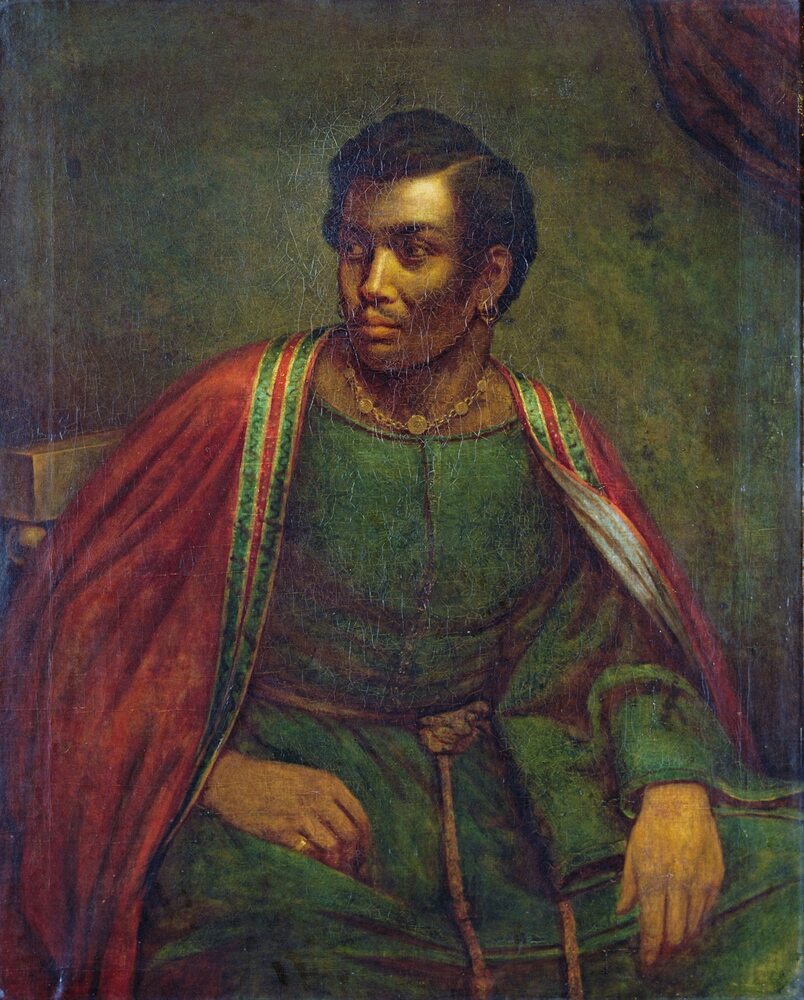You Won’t Believe the Moors Invented the First Ever Coin!
1 minute, 47 seconds
-1.8K Views 0 Comments 0 Likes 0 Reviews

1 minute, 47 seconds
-1.8K Views 0 Comments 0 Likes 0 Reviews

The Moors, often overshadowed in discussions about early economic systems, pioneered a revolutionary form of currency that laid the foundation for modern commerce. In the rugged terrains of North Africa and across the Iberian Peninsula during their rule from the 8th to 15th centuries, they developed a sophisticated network for trade that relied on physical coins rather than barter. These coins, known as dinars made from gold or silver, were not merely mediums of exchange; they symbolized trust and stability in rapidly evolving markets.
What set Moorish coinage apart was its intricate design and place within a broader cultural context. Each coin featured striking Islamic art and inscriptions that transcended mere functionality—transforming them into miniature canvases showcasing scientific advancements, poetry, and religious philosophies. This fusion of aesthetics with practical use reflected an advanced society where the arts flourished alongside trade.
Moreover, the introduction of standardized currency by the Moors facilitated long-distance trade routes connecting Europe with Africa and Asia. Their monetary system encouraged economic interdependence among diverse cultures while promoting innovation in banking practices. By redefining currency's role beyond simple transactions to instruments fostering relationships between peoples, the Moors left an indelible mark on history—a legacy resonating in today’s global economy where trust is paramount.
In conclusion, the Moors' introduction of coinage marked a pivotal moment in the evolution of commerce and trade, setting the stage for economic systems that would flourish across cultures and continents. Their innovative approach to currency not only facilitated easier transactions but also fostered a sense of trust and stability in trade relationships. By establishing a standardized medium of exchange, the Moors laid the groundwork for future financial developments that continue to influence our world today. As we reflect on this historical milestone, it is essential to recognize the lasting impact that their ingenuity has had on modern economics. Let us appreciate this rich legacy and explore how ancient innovations can inspire contemporary solutions in our global economy.

